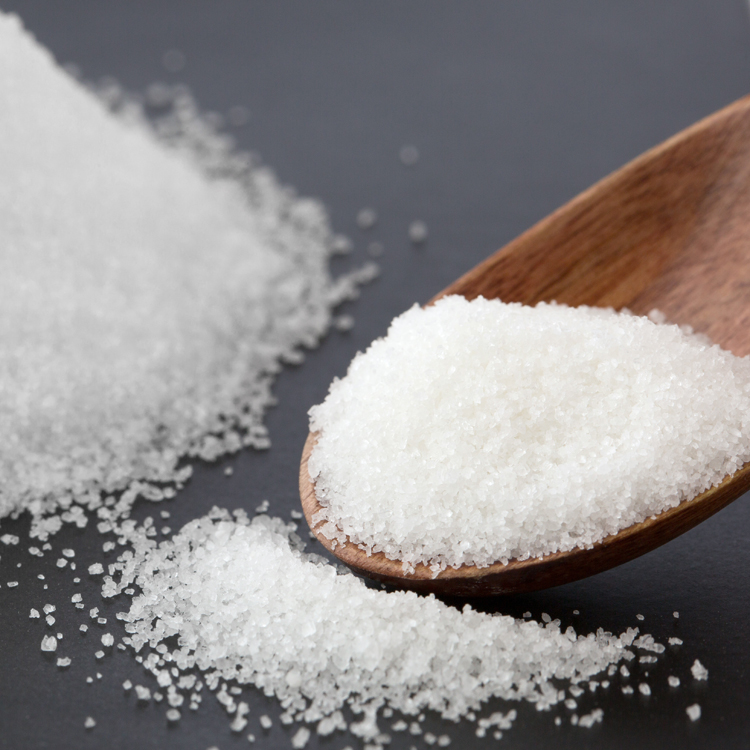Seedling fake plant After the seedlings are delivered, if they are not planted in time, they can be fake planted first. Choose a ditch at the back of the house. Generally, the ditch is 40 cm deep and 80 cm wide, and the length depends on the number of seedlings. If the soil is dry, fill it with water first, and then dig trenches after the water has penetrated. Cut the seedlings to about 10 cm above the fixed stem height, untie the ropes that bind the roots of the seedlings, and place the seedlings at an angle of 45 degrees to the bottom of the ditch. Arrange the root system evenly on the slope in the trench, and then cover the root system tightly. Seedling row spacing The row spacing of seedling plants varies depending on the terrain, soil type, tree species, rootstocks, etc. Seedlings with infertile mountains, barren beaches or dwarf rootstocks can be planted slightly densely, and plains and fertile soils can be sparsely planted. Plant spacing is 2 meters or 3 meters, row spacing is 4 meters or 5 meters; when pears, persimmons, plums and other seedlings should be planted with pollinating trees, about 10:1, nectarines and peaches are generally self-pollinated. Point and groove preparation The planting hole is 60-70 cm deep and 60-70 cm in diameter. The size of the planting hole should also be determined according to the quality of the soil. If the soil is good, dig a small hole, and if the soil is not good, dig a large hole. The topsoil and heart soil should be placed separately. Mix it with the decomposed soil and manure and fill it into the lower layer of the tree hole, and place the new soil on the surface. The root zone and the fertilization zone are separated by 20 cm, and it is strictly forbidden to apply fresh manure as a base fertilizer to avoid root damage. Seedling planting Planting time is generally suitable for deciduous fruit trees in winter, and for evergreen fruit trees in spring. The planting time should be standardized to achieve horizontal and vertical rows. When planting, the grafting interface should be exposed on the ground, the root system should be stretched, and then the soil should be cultivated, steadfast, and watered. After the water seeps, the hole should be sealed to facilitate water retention. Seedlings set dry Fruit tree seedlings should be dried in time after planting. The windy areas should be cultivated with dwarfing. Generally, peaches, nectarines, plums and plums should be open-hearted. They should be dried at 20-40 cm, and should be full in the shaping belt 10 cm under the cut. The buds are selected as the main branch, and 1 to 2 buds are reserved for the grapes. Disclaimer: Some articles on this website are transferred from the Internet. If the legal rights of a third party are involved, please inform this website for processing. phone
Natural Field strives to develop low toxicity and environmentally friendly agricultural raw materials. They are popular in Europe and North America. We are proud of us: 5-ala, Physcion, Genistein and Triacontanol. Etc.
Pesticides Growth Regulator,Agriculture Raw Material,Agricultural Raw Materials,Agricultural Raw Ingredients Xi'an Natural Field Bio-Technique Co., Ltd. , https://www.naturalnf.com
Main products:
1. 5-ala: 5-ALA (CAS: 5451-09-2) is suitable for a wide range of scientific fields, such as increasing harvest yield or increasing plant green. Supplementary studies from animal cultures of microorganisms or cells related to reactive oxygen species produced from the accumulation of excess porphyrins are used for photodynamic diagnosis of cancer research.
2. Garlic Extract Allicin: allicin has a strong odor and spicy taste, and has immune and anti-fatigue functions. As a restorative herb, garlic can play an important role in balancing stressful life and tired body. In the veterinary field, it can treat respiratory infections and digestive diseases in poultry and livestock.
3. Sophora flavescens Extract: Matrine is an alkaloid extracted from the roots, stems and fruits of the leguminous plant Sophora flavescens by an organic solvent such as ethanol, and belongs to the class of quinolocilidine derivatives lupin alkaloids. Matrine has various pharmacological effects such as antibacterial, antiasthmatic, and white blood cells.